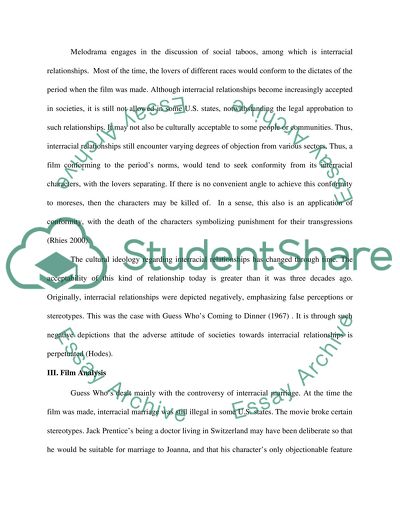Cite this document
(“African American film genre analysis Essay Example | Topics and Well Written Essays - 1250 words”, n.d.)
Retrieved from https://studentshare.org/visual-arts-film-studies/1532562-african-american-film-genre-analysis
Retrieved from https://studentshare.org/visual-arts-film-studies/1532562-african-american-film-genre-analysis
(African American Film Genre Analysis Essay Example | Topics and Well Written Essays - 1250 Words)
https://studentshare.org/visual-arts-film-studies/1532562-african-american-film-genre-analysis.
https://studentshare.org/visual-arts-film-studies/1532562-african-american-film-genre-analysis.
“African American Film Genre Analysis Essay Example | Topics and Well Written Essays - 1250 Words”, n.d. https://studentshare.org/visual-arts-film-studies/1532562-african-american-film-genre-analysis.


